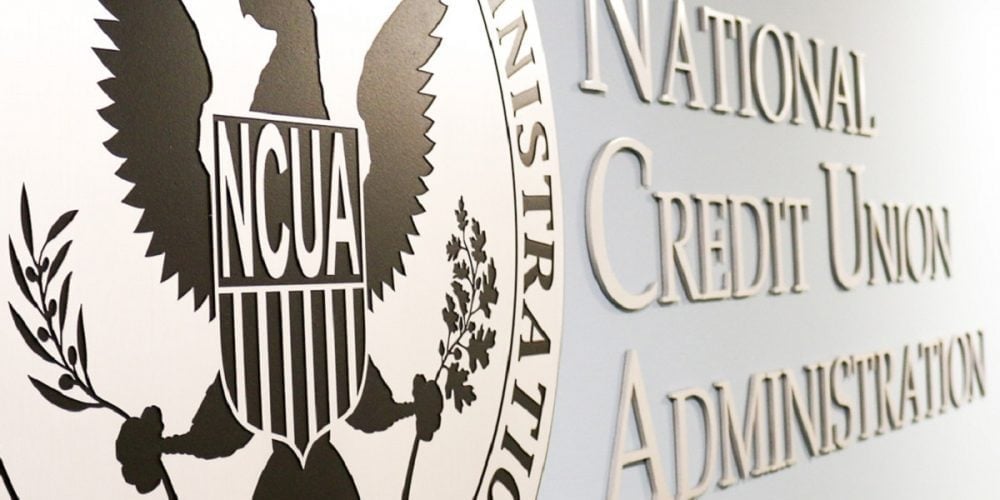To most fully live out the “people helping people” philosophy, more credit union leaders are taking meaningful steps toward advancing financial inclusion in their communities.
Indeed, providing underserved individuals with financial services that are both affordable and supported by effective financial education services can have tremendous impact on a city, town, village or neighborhood. And yet, it’s far from simple, especially for credit unions looking to execute financial inclusion strategies for the first time.
Chief among the challenges is that financial inclusion is a two-way street. A credit union can offer up fair, dignified, affordable and culturally relevant services, but if community members don’t respond, the
impact of those products and services is greatly reduced. To inspire that action, credit unions have to come from a position of authenticity. In other words, community members – particularly those unfamiliar or uncomfortable with traditional financial institutions – want to see certain things from the credit union. Employees who look like them, communications that speak to them and experiences that feel real to them are crucial to encouraging underserved individuals to give credit union membership real consideration.
CONSIDER THE AUDIENCE
Membership – in and of itself – can be a big ask. This is especially true when the individuals a credit union is looking to serve may not be familiar with the concept of a financial cooperative. Take first-generation Hispanics, for example. Although the idea of managing money as a community is often a good fit culturally, involving a financial institution in that community approach may not feel natural. Learning the benefits of doing so directly from another first-generation Hispanic can make the idea more palatable.
For this group, as well as many other underserved segments, managing money usually consists of a series of short-term to-do’s. Accomplishing those tasks often requires standing in a line 40-people deep at a behemoth discount store.
Imagine you’ve become accustomed to being greeted by a weary employee who would rather be doing anything other than issuing yet another money order. It’s the norm, and so the idea of a joyful individual who knows your name helping with your transaction while also asking about your long-term financial goals can seem intrusive, maybe even a little suspicious. But, what if you are introduced to that happy teller by a respected member of your family, someone who trusts the teller and the credit union she represents. You’re likely to be much less apprehensive giving the new relationship a try.
Imagining scenarios like the above to better understand the members of an underserved community demonstrates empathy, and it can be a good first step in the development of a strategic financial inclusion plan. In fact, many credit unions have gone through exercises like the National Credit Union Foundation’s Life Simulation and Coopera’s immersion program.
IDEAS FOR CHAMPIONING D&I
An individual who can picture the daily challenges of another’s life can get close to understanding. But, someone who knows those challenges can be invaluable when it comes to mapping out a financial inclusion strategy. Nothing can substitute first-hand knowledge. This is why we say diversity and inclusion (D&I) starts at home. To be a champion for diversity, you must demonstrate diversity within your ranks. To advocate for financial inclusion, you must proactively foster an inclusive environment inside your credit union. What follows is a collection of ideas for how your credit union can do exactly that.
Understanding the Underserved
- Establish a modern employee resource group (ERG) to better understand the preferences of underserved community members. Originally, these groups were established to foster a welcoming environment for underrepresented employee groups. They have since evolved to have a more strategic authority and are charged with adding value to the business. In fact, some organizations have migrated their ERGs to BRGs (business resource groups). A BRG reflects an increased business focus and more clearly articulates the BRG’s objectives, which can include things like promoting revenue generation.
- Establish an internal bilingual/bicultural advisory group. Composed of employees who work with members and/or the community daily, the group brings direct feedback to the organization to generate new ideas. It also gives members of the group an opportunity to discuss unique aspects of their cultures with one another. One way credit unions benefit from a group like this is a better understanding of how to communicate with members using financial terminology in another language, which can vary depending on an individual’s proficiency level.
Taking a Team Approach
- Plan employee- and member-facing activities for lesser-celebrated holidays and events or host an international food festival.
- Plan a new game, like Diversity Thumball, once a quarter. Rather than leave this up to HR, engage different employees to come up with each quarter’s activity.
- Learn how to say hello in 12 different languages. Quiz each other at regular intervals.
Reframing the Word ‘Diversity’
- Be as clear as possible with employees about their roles in fostering a successful D&I environment. One way to set the tone early on in the employee journey is to add a simple sentence to your job postings, one that describes your cooperative’s commitment.
- Host a series of internal workshops designed to help employees and board members reexamine their beliefs. One you might consider is an unconscious bias group activity, such as the Tag Game.
FINANCIAL INCLUSION MORE NATURAL THAN YOU THINK
Diversity and inclusion are uncomfortable by design. Initiatives that push us to recognize (and fix) flaws in our thinking are far from natural. But, the outcomes are worth the discomfort. And importantly, more consumers are coming to expect these efforts.
A great number of big-brand organizations have become intentional about D&I strategies and have gone public with their successes. Consumers are taking notice. In fact, 90 percent say they expect companies to operate responsibly to address social issues. Fifty-five percent of consumers are willing to pay more for products and services offered by companies that make a positive social impact. Research like this is really important to consider, as it not only relates to the underserved. Consider that the well-served among your membership may appreciate your D&I efforts just as much as your new and prospective ones.
Remember, too, that good D&I is good business. The initiatives you deploy do not have to be purely altruistic. It’s okay to talk about serving new markets in the context of building a healthy and sustainable cooperative. Connect your goals to the overall mission and business objectives of your credit union, and you may find diversity and inclusion are more natural than you think.







